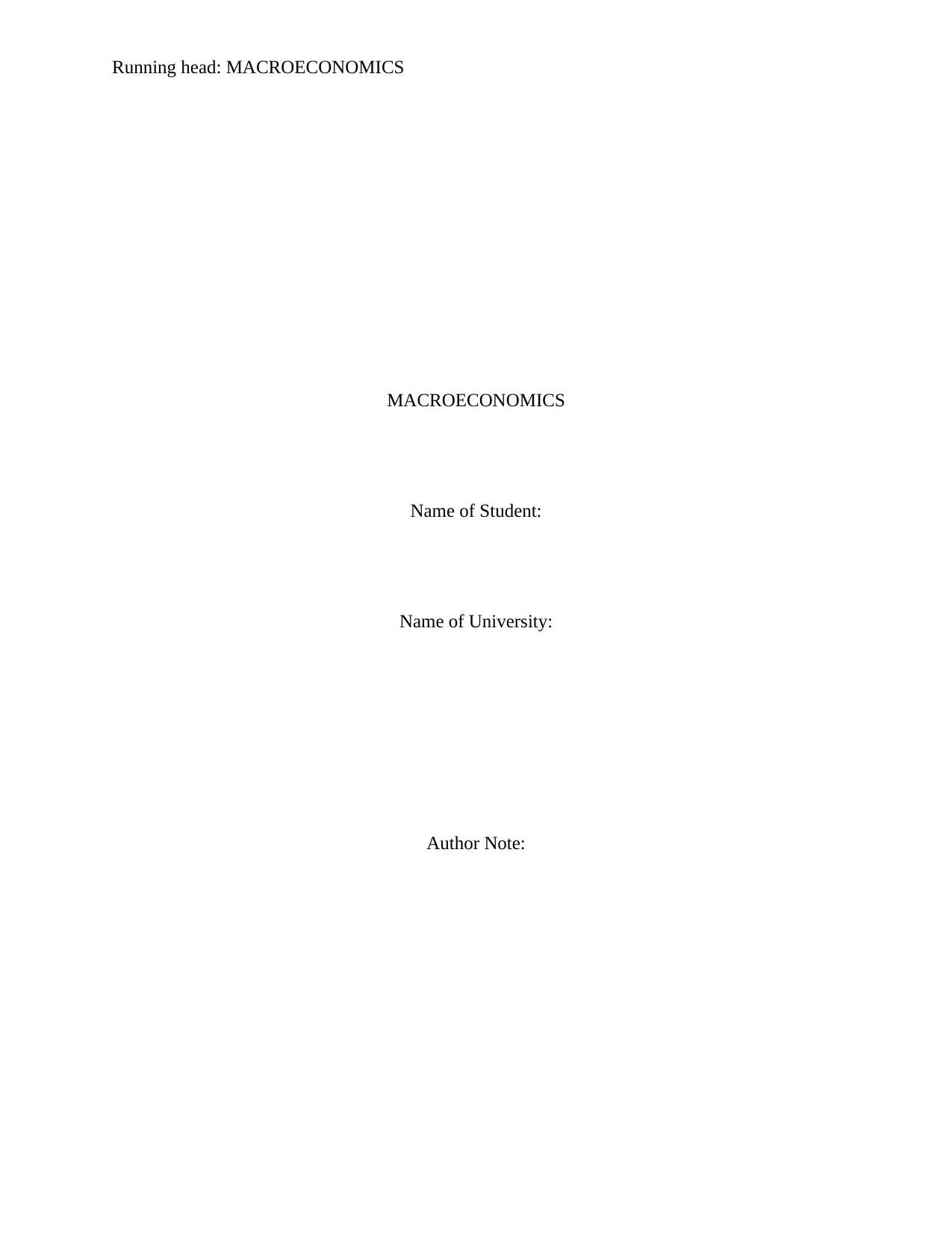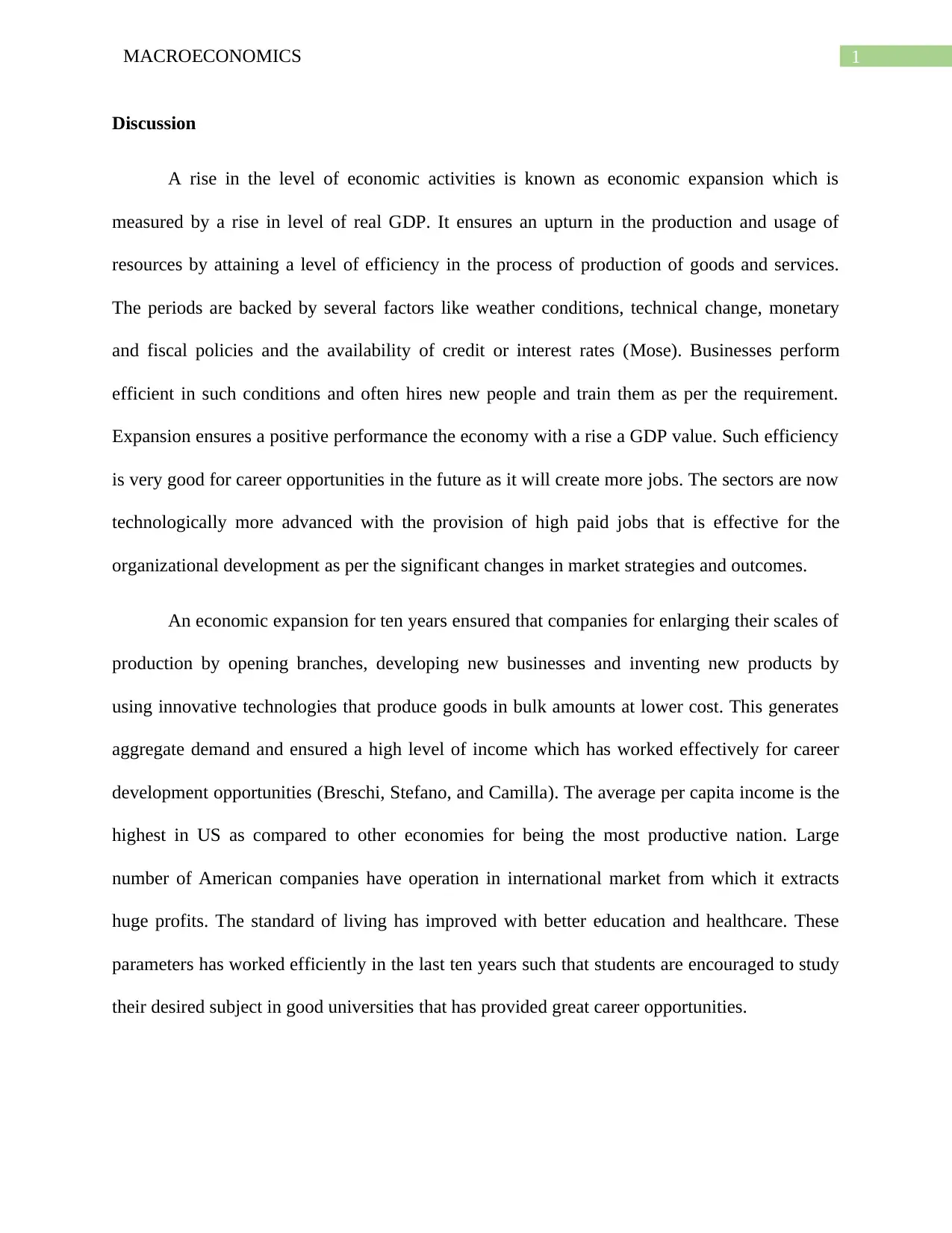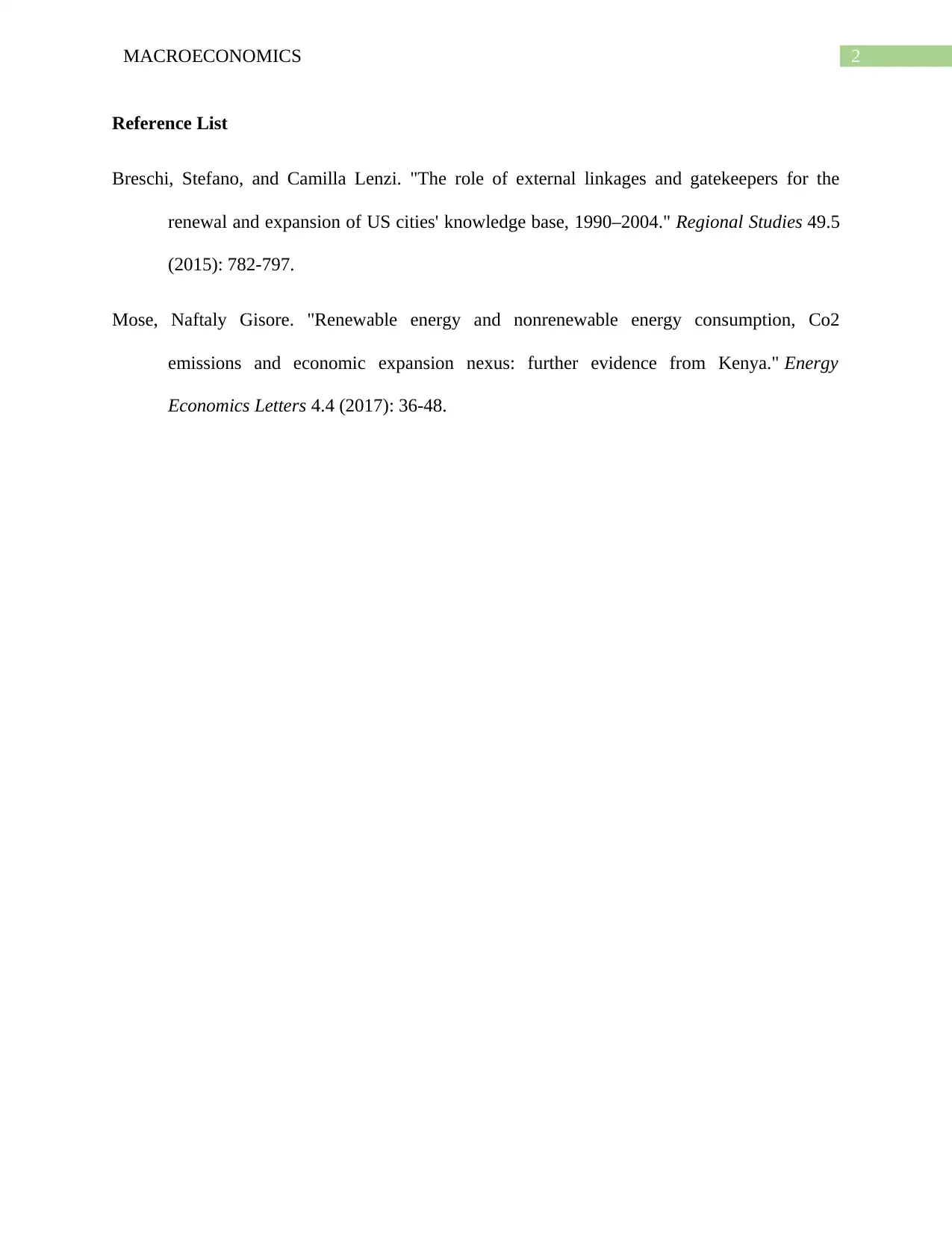Macroeconomics: Economic Expansion Impact on Job Opportunities
VerifiedAdded on 2022/08/27
|3
|413
|20
Report
AI Summary
This report delves into the realm of macroeconomics, specifically examining the concept of economic expansion and its multifaceted impacts. It starts by defining economic expansion as a rise in economic activities measured by the real GDP, emphasizing its role in boosting production, resource utilization, and efficiency across various sectors. The report discusses the various factors that drive economic expansion, including technological advancements, monetary and fiscal policies, and credit availability. It highlights the positive effects of expansion on businesses, job creation, and technological advancements, leading to high-paying jobs and organizational development. The report also discusses the expansion over a ten-year period, which led to company growth through opening branches, developing new businesses, and inventing new products using innovative technologies. It explores the impact on the US economy, including a high per capita income and a high standard of living. Additionally, the report considers project management, focusing on the differences between technical and business project management and their relevance to career development. The role of a project manager is critical for project success. This report then analyzes the connections between macroeconomic trends, technological advancements, and career opportunities, providing a comprehensive overview of the economic landscape.
1 out of 3









![[object Object]](/_next/static/media/star-bottom.7253800d.svg)